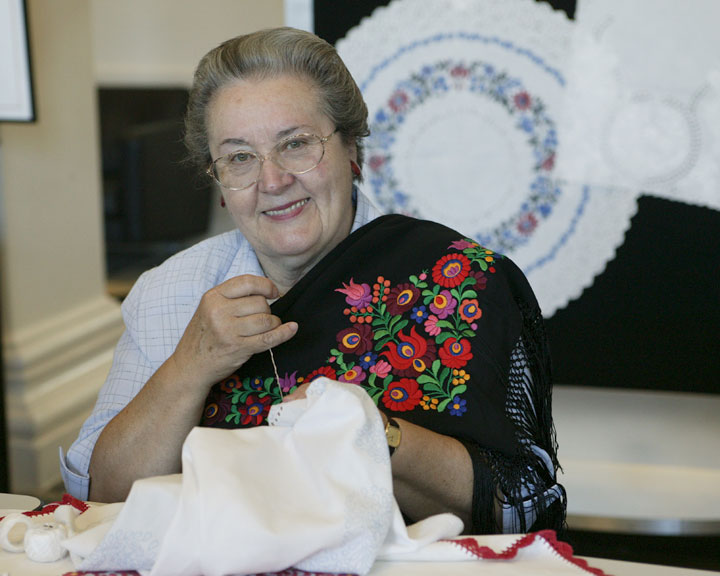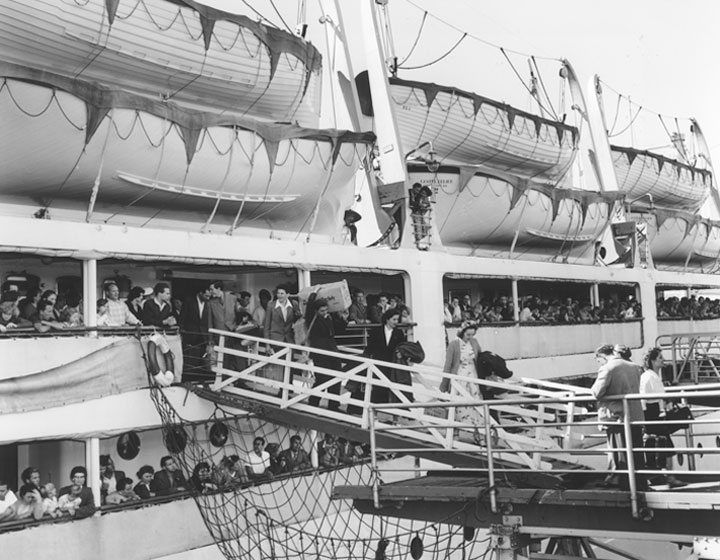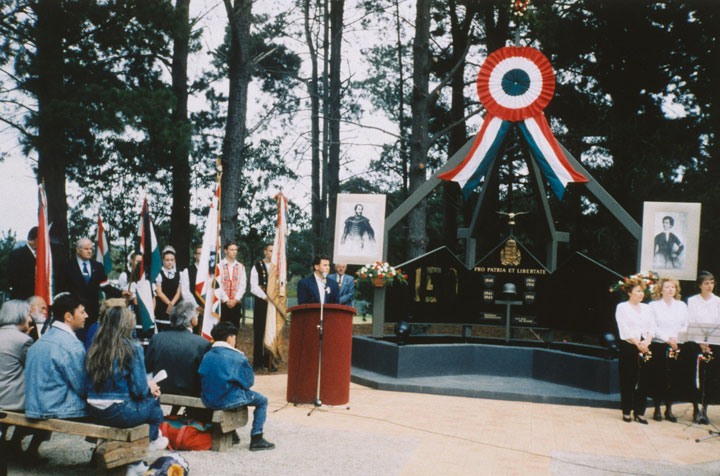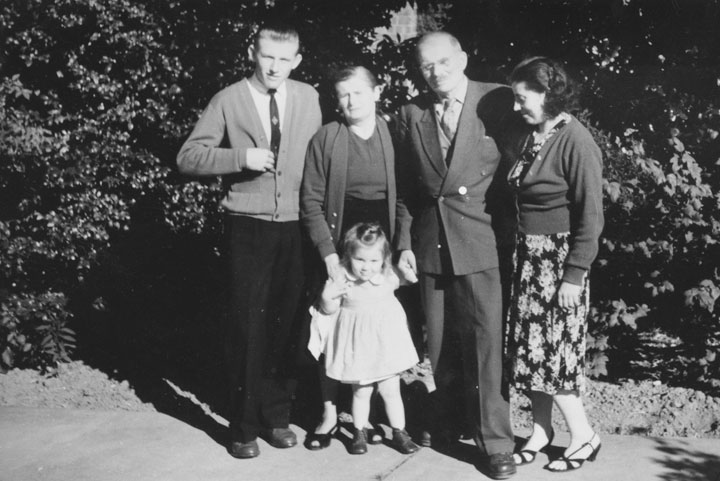Immigration History from Hungary (Hungarian) to Victoria
A feljegyzések szerint az első Ausztráliába érkezett magyar egy Friedman Izsák nevű kereskedő volt, ki feleségével és fiával 1833-ban lépett Ausztrál földre.
Nem sokkal ezután magyar katonák és tisztek egy kisebb csoportja érkezett az 1848-as forradalom utáni osztrák megtorlás elől menekülve. Sokukat a Viktoriai aranymezők vonzottak. Ezen magyaroknak állít emléket egy napjainkig latható emlékmű Bendigoban. Ezután több fiatal magyar férfi érkezett, többek között 1858-ban Dr Roth Reurter, aki az ausztrál testnevelés úttörőjévé vált. A budapesti Leviny Ernő sikeres ezüst-, es aranyműves lett, kinek “Buda” nevű pompás kastélya napjainkban közkedvelt turisztikai látványosságként működik.
Amikor kitört az első világháború, az itt tartozkodó magyarok átmenetileg ellenséges külföldinek lettek nyilvánitva. Ezt követően az 1920-ban hozott Ellenséges Külföldi Törvény 5 évre megtiltotta a magyarok Ausztráliába történő belépését. Első ízben az 1921-es népszámlálás alkalmával írták össze a magyarokat és ekkor a Viktoriai közösség még csupán 25 főt számolt.
A II. világháború után többezer kiutasitott magyar talált Ausztráliában menedéket. Az 1956-os forradalom utáni szovjet megtorlás következtében az ausztrál kormány 14 ezer magyar menekültnek nyújtott letelepedési segítséget. Ezen emigránsok javarésze meghatározó szerepet vállalt az ausztrál élet és saját magyar közösségük számos területén.
1961-ig a magyar születésű Viktoriai közösség elérte addigi legmagasabb létszámát 10,654 főt. Rengeteg magyar emigráns érkezett még az ezt követő két évtizedben a Jugoszláv területen levő Vajdaságból, amely a Magyar Kiralyság részét képezte az 1920-as Trianoni Békeszerződésig. Ez a szerződés Magyarországot területe harmadára csonkította le.
A magyar születésű Viktoriai közösség a hatvanas évektől folyamatosan csökken, 2011-ben 5567 főt számlált, de ebben nincsenek benne a magyar határon kivüliek. Több mint 75%-uk keresztény, 8% -uk zsidó vallású. Jelenleg a magyarok több mint fele dipolmás szakember, de sok közöttük a kereskedő is. A Wantirnai Magyar Központ és egy sor más melbourne-i szervezet folyamtosan ápolja a magyar kultúrát és hagyományokat.



